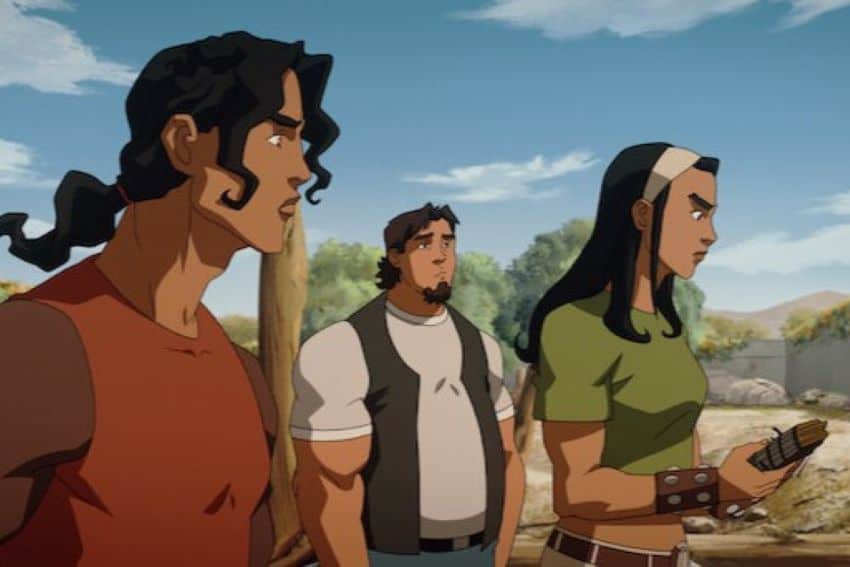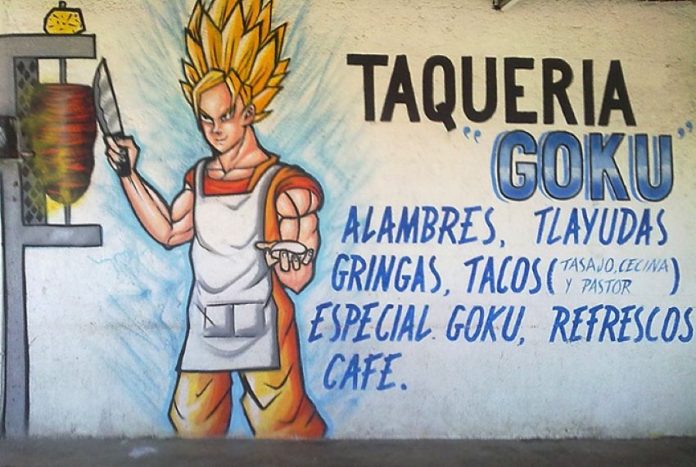Mexican popular culture has had a love affair with anime, a highly stylized form of Japanese illustration and animation, over the last five decades. Subjects can range from the childish to the serious, and many of the most popular stories are tales of superheroes and fantastic adventures, similar to popular series and movies in the United States.
Today, 50 years after the first episodes were shown on Mexican television, anime has become an important part of Mexican culture. Anime streaming giant Crunchyroll estimates Mexico to be its fourth largest market worldwide. The country was an early adopter of the art form and has developed an intense cultural obsession that continues to this day.
How did anime first come to Mexico?

While Mexico and Japan have diplomatic ties dating back centuries, the story behind how anime first arrived in Mexico is rather simple. In the 1970s, then Televisa president Emilio Azcárraga Milmo bought the rights to show Japanese cartoons in Mexico because it was the cheapest option. With no domestic animation industry and the cost of importing cartoons from giants Warner Brothers and Hanna Barbera eye-wateringly high, Milmo looked across the Pacific for content.
These early titles included classic Japanese series such as Astroboy, Kimba the White Lion and Mazinger Z. The imported cartoons proved extremely popular, and Mexican interest in anime grew.
Fast forward a decade to the 1980s and toy giant Bandai decided to take a chance on this new Mexican market. Fresh off the success of exporting “Saint Seiya: Knights of the Zodiac” to the Spanish market, Bandai hoped to reproduce this success in Latin America. They exported action figures and merchandise from Europe to Mexico, offering TV Azteca the chance to air the series for free, as long as they agreed to run commercials for the new toys alongside. This was a riotous success.
Mexico’s undisputed champion: Dragon Ball Z
The rush to show the best anime was now on. TV Azteca offered classic series like Sailor Moon, while Televisa imported Ranma ½ — but the biggest hit of all was Dragon Ball Z. The classic show arrived in 1996, and quickly became Mexico’s anime of choice. Thanks to a Latin American Spanish dub, it was possible for audiences across Mexico to enjoy the show without the need for subtitles, which further enhanced its popularity. There have been suggestions that Dragon Ball Z is more popular in Mexico than in its native Japan. Regardless of whether that is true, Dragon Ball, and its subsequent spin-off series, have become one of the most ubiquitous elements of Mexican popular culture today.
It is hard to overstate the subsequent effect that Dragon Ball has had. Taquerías, microbuses and street stalls across the country are bedecked in merchandise to this day. Popular images from the show have become memes. Characters’ catchphrases are used in conversation. When creator Akira Toriyama died earlier this year, there were rumors that warring cartels had ceased hostilities to honor the legendary animator (which turned out to be false). However, large crowds did gather to perform signature “spirit bomb” moves from the show in Toriyama’s honor.
When the show ended in 2018, the city of Ciudad Juárez attempted to broadcast the finale to a gathering of 15,000 people. The event caused a diplomatic spat between Mexico and Japan after animation studio Toei — and the Japanese Embassy in Mexico — denounced the events for copyright infringement. Fortunately, Mayor Armando Cabada stepped in and reached an agreement with Toei, and the day was saved.
While globally, Dragon Ball Z has been superseded by smash hits like Pokémon, Naruto, Bleach and One Piece, Akira Toriyama’s classic series remains etched in the national psyche.
How Mexico has influenced anime
Mexico’s infatuation with Japanese culture is not just a one-way street. There are several anime series that either feature or take place in Mexico.

- Netflix’s Seis Manos is set in 1970s Mexico and follows the story of a group of martial artists who take on the cartel in the fictional town of San Simon. The series also stars voice acting from veteran Danny Trejo.
- El Cazador de la Bruja, the story of two girls traveling south to Peru to avenge a murder, primarily takes place in Mexico. The Japanese-made series is considered a homage to Mexican culture, with several songs about tacos. While there is no Spanish language dub, El Cazador de la Bruja is available to watch on Crunchyroll.
- A story of pre-Columbian Mexico, Onyx Equinox follows the story of Izel and her sister Nelli, who are tasked by the gods to save the city from falling into the underworld. The show is a Crunchyroll exclusive.
With shows of all types continuing to be smash hits with audiences, it is unlikely Mexico will tire of this popular Japanese cultural export any time soon.
By Mexico News Daily writer Chris Havler-Barrett
This article is part of Mexico News Daily’s “Japan in Focus” series. Read the other articles from the series here.
